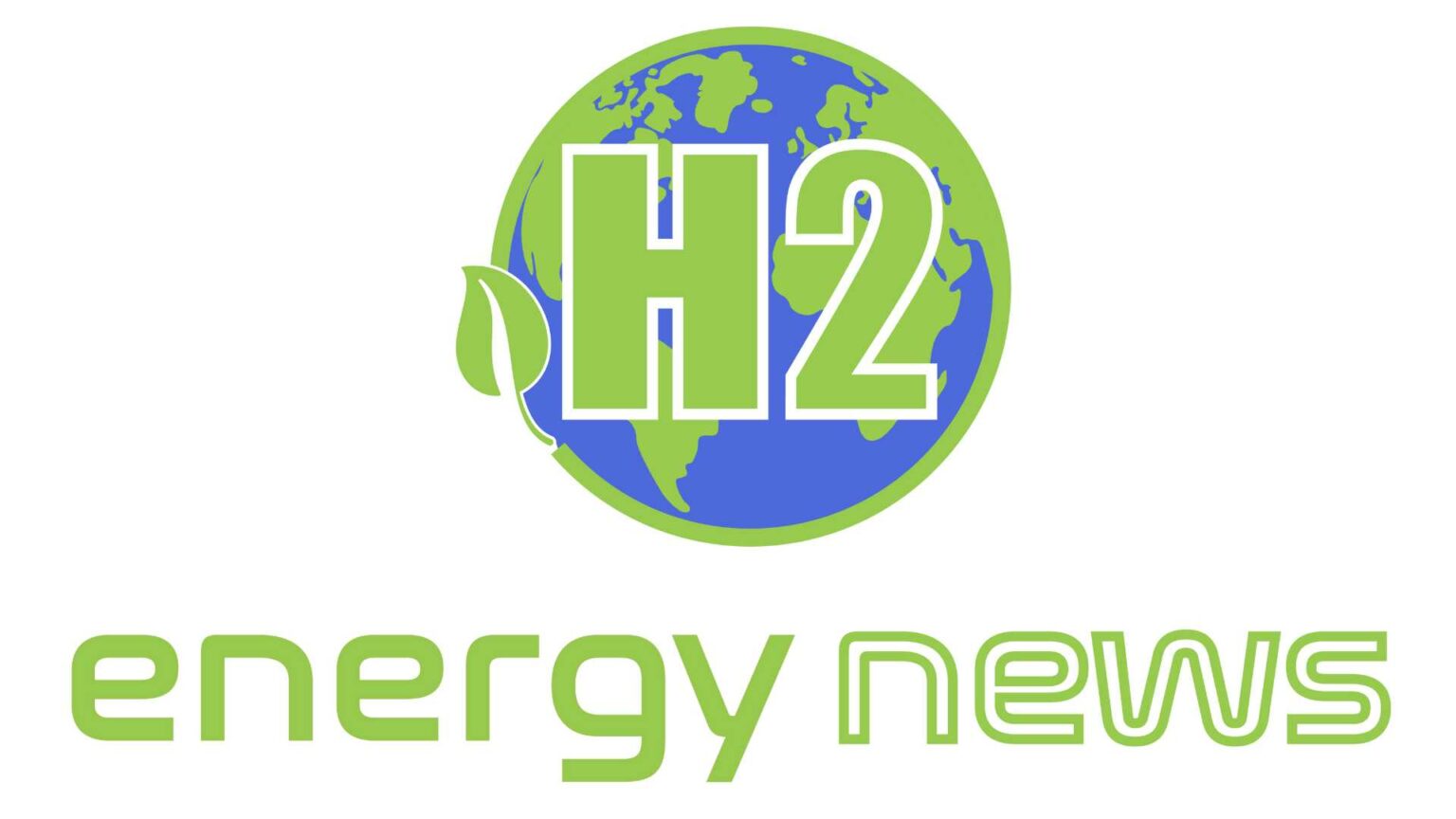Sinopec, China’s largest oil refiner, is on track to open a hydrogen production facility for hydrogen fuel cells in Qingdao, Shandong province, in late December.
Sinopec began construction of the facility, which will have a capacity of 2,250 tonnes per year, in July and completed it this month. Additionally, it intends to construct a second phase of this project, increasing total capacity to 4,500 t/yr by the end of 2023. It will be Shandong province’s largest hydrogen production facility.
Sinopec intends to establish itself as China’s “number one” hydrogen company by constructing 1,000 hydrogen refueling stations during the country’s 14th five-year plan (2021-25). The goal is consistent with the Chinese government’s roadmap to achieve peak emissions by 2030 and carbon neutrality by 2060. Sinopec announced in April a plan to reach carbon neutrality by 2050, ten years ahead of the government’s target.
The company is China’s largest hydrogen producer, with a total capacity of 3.9 million tons per year, accounting for 11% of total production in the country. It has constructed 31 hydrogen refueling stations and seven hydrogen purification plants in 17 provinces, including Guangdong and Zhejiang. Between 95 and 98 percent of Sinopec’s hydrogen production is blue and grey hydrogen derived from fossil fuels.
China is the world’s largest producer of hydrogen, with the majority coming from fossil fuels and coal accounting for 62 percent of feedstock, compared to 18 percent globally. Only 4% of China’s hydrogen is produced using green (renewable-based electricity) energy to electrolyze water into oxygen and hydrogen. In 2019, the country produced more than 21 million tons of hydrogen, out of a total of 70 million tons produced globally.
Sinopec intends to develop a number of green hydrogen production facilities over the next five years, with an initial investment of approximately 30 billion yuan ($4.6 billion). Among the investments are a 20,000 t/yr photovoltaic hydrogen production project in Kuqa city in northwest China’s Xinjiang region, a 10,000 t/yr wind and optical power hydrogen plant in Erdos in north China’s Inner Mongolia region, a 100,000 t/yr renewable-energy hydrogen project in Ulanqab city in Inner Mongolia, and a 10,000 t/yr offshore wind power hydrogen production facility in Zhangzhou city in southwest China’s Additional information, including the construction schedules and launch dates for the majority of these projects, was withheld. It aims to increase green hydrogen production capacity to more than 1 million tons per year by 2025.
Sinopec anticipates that the price of renewable-based electricity hydrogen generated by an integrated power plant will fall to Yn30/kg by 2025, down from Yn40-70/kg at the moment for blue and grey hydrogen. According to Jiang Ning, chief specialist at Sinopec Marketing, this will lower fuel costs for hydrogen fuel-cell vehicles and strengthen the vehicle’s market competitiveness.
“Fuel costs of a hydrogen fuel-cell vehicle will be equivalent to those of gasoline and diesel-fueled vehicles by 2030, when hydrogen prices drop below Yn34/kg by then. Total cost of ownership of a hydrogen fuel-cell vehicle will be lower than that of gasoline, diesel-fueled vehicles and electric vehicles after 2030 when hydrogen prices are below Yn30/kg,” Jiang told delegates at the China International Oil and Gas Trade Congress.
In May, the company signed a framework agreement for collaboration with domestic automaker Great Wall Holdings to develop hydrogen energy. China produced 2.166 million new energy vehicles (NEVs) between January and September, up 184.5 percent year on year, according to the China Automotive Manufacturers Association.
According to CAAM data, China’s January-October production of hydrogen fuel-cell vehicles totaled 940 units, up 45.3 percent year on year. Demand for some battery metals, particularly nickel, and several rare earth metals, such as lanthanum and cerium, is expected to increase as hydrogen fuel-cell vehicles become more prevalent.
Sinopec will also diversify its renewable energy operations through investments in solar, wind, and biomass. It intends to build 2GW of solar and wind energy between 2021 and 2025, including 400MW of distributed solar energy at 7,000 retail locations.





